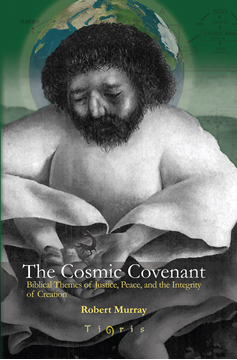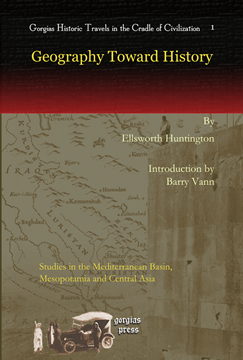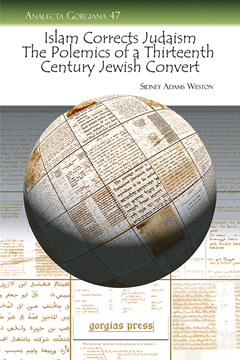The Emperor Julian and the Jews
Series: Analecta Gorgiana 44
ISBN: 978-1-59333-857-2
This study explores the Emperor Julian's actions in regards to the Jews, especially his advances toward rebuilding the Jewish Temple. It offers the reader an insight into an aspect of Julian’s reign not often examined by Christian historians.
$45.00 (USD) $27.00 (USD)
Psychology of Prophecy
A Study of the Prophetic Mind as Manifested by the Ancient Hebrew Prophets
ISBN: 978-1-59333-743-8
Kaplan’s inaugural study of the psychological basis of prophecy is a landmark in the history of prophetic exploration. Setting the standard for future studies of the prophets, this remarkable book covers the various conceptions of prophets and their attendant phenomena of premonition, revelation, dreams, visions, ecstasy, and inspiration.
$123.00 (USD) $73.80 (USD)
Midrash and Context
Proceedings of the 2004 and 2005 SBL Consultation on Midrash
Edited by Lieve M. Teugels & Rivka Ulmer
Series: Judaism in Context 5
ISBN: 978-1-59333-582-3
A collection of seven groundbreaking essays on Rabbinic midrash and related texts by a new generation of erudite scholars combining the themes of the 2004 and 2005 SBL midrash sessions: “Jewish and Christian Hermeneutics” and “Midrash and Cultural Studies,” this book is a must have for clergy, students, scholars, and laypersons interested in deepening their understanding of Rabbinic and Patristic biblical interpretation.
$167.00 (USD) $100.20 (USD)
Jewish Arabic Literature
An Introduction
ISBN: 978-1-59333-858-9
Steinschneider’s first section is a dictionary of Jewish Arabic authors. This includes a careful study of Jewish names. The Second section is a study of the lives and literatures of Jews, and Christians, within Muslim society.
$179.00 (USD) $107.40 (USD)
American Journal of Ancient History (New Series 2.2, 2003 [2007])
2.2
Edited by T. Corey Brennan
Series: American Journal of Ancient History: New Series Volume 2
ISBN: 978-1-59333-746-9
The continuation of the historic American Journal of Ancient History this volume contains three articles: “Urartu and the Medikos logos of Herodotus” by Laura D. Steele, “‘The athletes of war’: An evaluation of the agonistic elements in Greek warfare” by John Dayton, and “Agesilaus’ Egyptian enterprise” by Stephen Ruzicka. This is volume 2, number 2 of the New Series (2003 [2007]).
$89.00 (USD) $53.40 (USD)
Bar Hebraeus' Book of the Pupils of the Eye
Series: Analecta Gorgiana 45
ISBN: 978-1-59333-859-6
The Book of the Pupils of the Eye is Bar Hebraeus’s introduction to Aristotle’s Organon. This volume makes the Sryiac text available to the interested scholar or student.
$59.00 (USD) $35.40 (USD)
Bardaisan and the Odes of Solomon
Series: Analecta Gorgiana 46
ISBN: 978-1-59333-860-2
A compelling discussion of the origins and authorship of the Odes of Solomon, this work provides great insight into the person of Bar Daysan as well as the research surrounding the text of the Odes of Solomon.
$41.00 (USD) $24.60 (USD)
The Cosmic Covenant (Paperback)
Biblical Themes of Justice, Peace and the Integrity of Creation
ISBN: 978-1-59333-747-6
Murray’s study of the covenant theme begins with a chronological survey of the concept, beginning at the creation itself. He traces this theme through the Bible, noting its key components of justice and peace. The concept is a shared one between Judaism and Christianity, and Murray suggests that it continues to have ecological as well as spiritual relevance to the world today.
$95.00 (USD) $57.00 (USD)
Geography Toward History
Studies in the Mediterranean Basin, Mesopotamia and Central Asia
By Ellsworth Huntington; Introduction by Barry Vann
Series: Kiraz Historic Travels Archive 1
ISBN: 978-1-59333-861-9
This work compiles essays by Dr. Huntington concerning the usefulness of geography and climatology for understanding history and projecting environmental outcomes. It is of value to students of geography, climatology and Mediterranean, the Near Eastern and Central Asian history.
$183.00 (USD) $109.80 (USD)
Islam Corrects Judaism
The Polemics of a Thirteenth Century Jewish Convert
Series: Analecta Gorgiana 47
ISBN: 978-1-59333-862-6
Herein a 13th century Alexandrian Jewish convert to Islam records his understanding of the truth of Islam over Judaism. Dr. Sidney A. Weston edits, translates and comments on this text making it accessible to the scholar and enthusiast alike.
$48.00 (USD) $28.80 (USD)
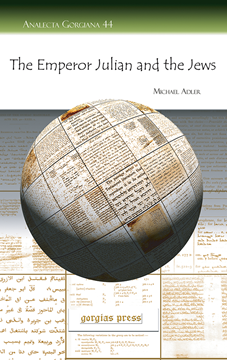

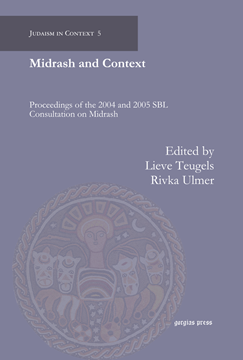
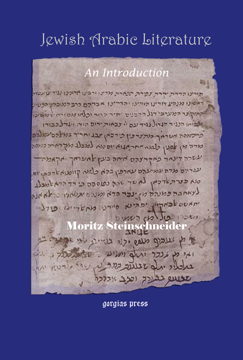
![Show details for American Journal of Ancient History (New Series 2.2, 2003 [2007]) Picture of American Journal of Ancient History (New Series 2.2, 2003 [2007])](https://www.gorgiaspress.com/images/thumbs/0011837_american-journal-of-ancient-history-new-series-22-2003-2007_360.png)


